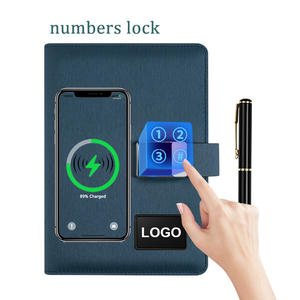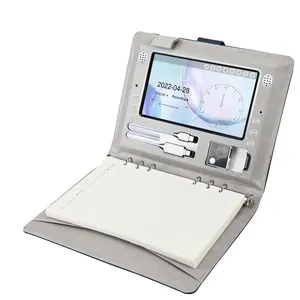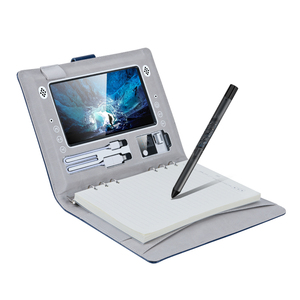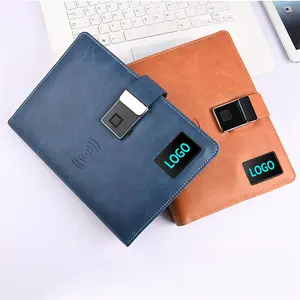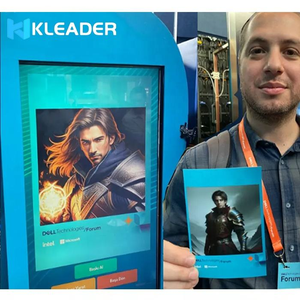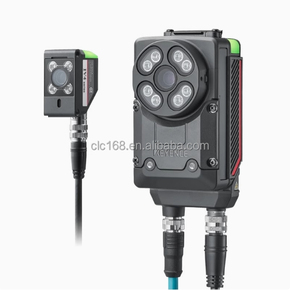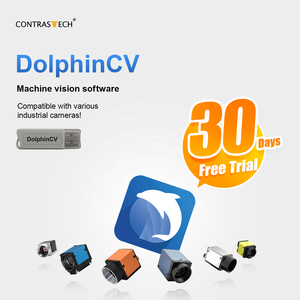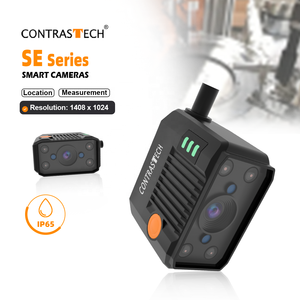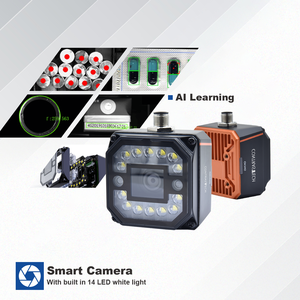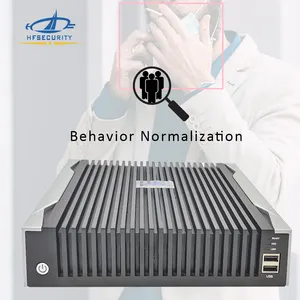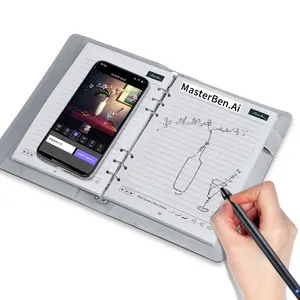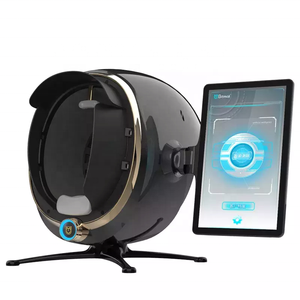A I Image Generator
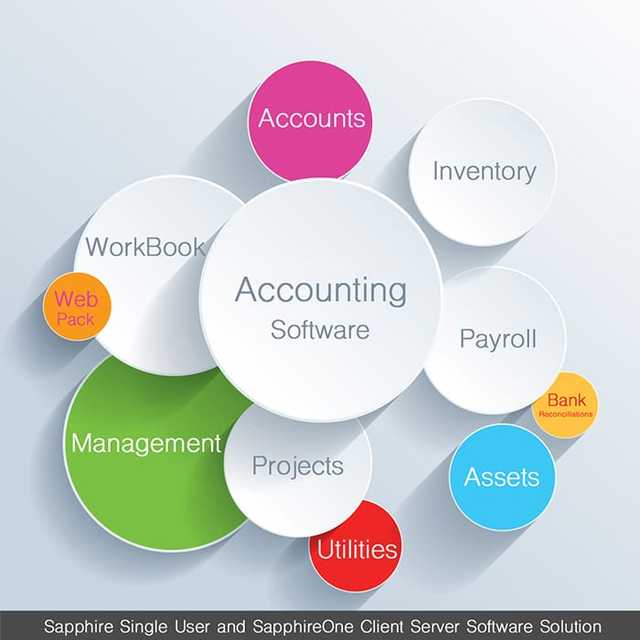




 1/9
1/9




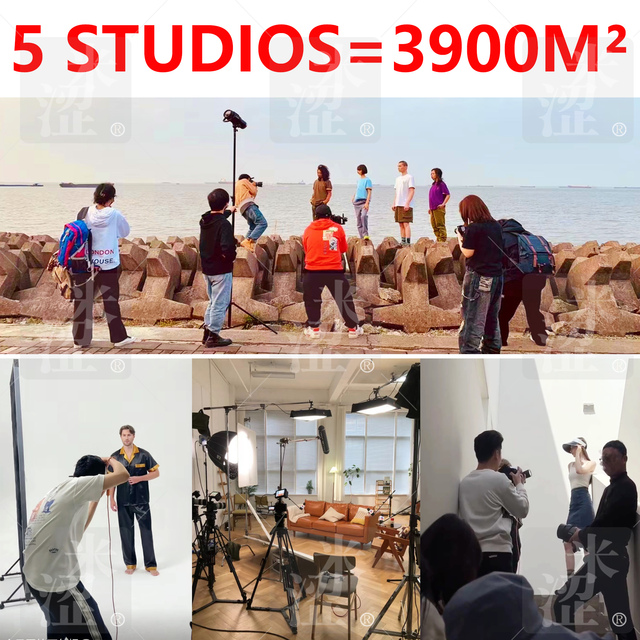




 1/17
1/17





 1/7
1/7





 1/32
1/32






 1/9
1/9


 CN
CN


 1/3
1/3



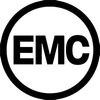

 1/23
1/23






 1/27
1/27


About a i image generator
Where to Find AI Image Generator Suppliers?
The global supply base for AI image generator solutions is concentrated in China’s advanced technology hubs, particularly in Fujian, Hubei, and Guangdong provinces. These regions host specialized electronics and multimedia engineering firms that integrate artificial intelligence with imaging hardware and software systems. Xiamen and Shenzhen serve as key centers for R&D-driven tech suppliers, offering access to semiconductor sourcing networks and embedded system developers. Wuhan's multimedia cluster supports integration of AI with interactive display technologies, enabling hybrid applications in digital signage, event services, and augmented reality.
Suppliers in these zones operate within vertically integrated ecosystems where firmware development, sensor integration, and cloud-based AI models converge. This enables rapid prototyping of AI-powered imaging devices—from standalone kiosks to mobile app frameworks. Buyers benefit from localized component availability, reducing production lead times by 20–35% compared to offshore alternatives. Average order fulfillment cycles range from 15 to 30 days for standard units, with customization lead times extending to 45 days depending on software modification scope.
How to Choose AI Image Generator Suppliers?
Selecting reliable partners requires structured evaluation across technical, operational, and transactional dimensions:
Technical Capability Verification
Confirm expertise in AI model deployment, particularly in neural network-based image synthesis (e.g., GANs or diffusion models). Suppliers should demonstrate proven experience integrating APIs for text-to-image generation, facial recognition, or style transfer algorithms. For hardware-integrated systems, assess compatibility with edge computing platforms and real-time rendering performance.
Production & Customization Capacity
Evaluate the following operational benchmarks:
- Minimum facility size of 2,000m² for scalable manufacturing
- In-house software development teams capable of modifying AI art engines
- Support for OEM/ODM services including UI customization, branding, and packaging design
Cross-reference product listings with response time metrics (target ≤4 hours) and reorder rates above 25% to validate customer satisfaction and service consistency.
Quality & Transaction Assurance
Prioritize suppliers with documented quality management practices and online transaction histories. While formal certifications like ISO 9001 are not universally listed, verify process controls through customer feedback and after-sales support responsiveness. Use secure payment mechanisms such as escrow services when placing initial orders. Request functional demos or software trials before full procurement, especially for AI mobile apps or photo booth systems requiring stable inference performance.
What Are the Best AI Image Generator Suppliers?
| Company Name | Main Products | On-Time Delivery | Reorder Rate | Avg. Response | Online Revenue | Customization Options | Min. Order Quantity | Price Range (USD) |
|---|---|---|---|---|---|---|---|---|
| Xiamen Ai Power Technology Co., Ltd. | AI-powered electrical generators, ATS switches | 100% | 31% | ≤2h | $210,000+ | Color, material, logo, packaging, graphics | 1–10 sets | $65.70–$35,000 |
| Wuhan Keling Multimedia Co., Ltd. | AI photo booths, AR interactive systems | 100% | 25% | ≤6h | $40,000+ | Limited (hardware/software bundle) | 1 set/case | $800–$4,000 |
| Shenzhen Changlichuang Automation Technology Co., Ltd. | Industrial image sensors, smart cameras | 100% | 42% | ≤1h | $30,000+ | Model-specific configurations | 1 piece | $500–$9,999 |
| Dongguan Feirui Electronics Co., Ltd. | Generator AI controllers, PCB modules | 92% | 19% | ≤2h | $40,000+ | Electronic component-level | 1–5 pieces | $26.80–$29.90 |
| WEB CARE MEDIA | AI content creation software, mobile apps | Data unavailable | Data unavailable | ≤4h | Data unavailable | Software-based customization | 2 pieces | $100 |
Performance Analysis
Xiamen Ai Power Technology stands out with high reorder rate, fast response, and extensive customization capabilities, making it a strong candidate for buyers seeking tailored AI-integrated hardware. Shenzhen Changlichuang leads in transaction reliability with a 42% reorder rate and sub-hour response times, ideal for precision imaging components. Wuhan Keling specializes in turnkey AI photo booth systems suited for event technology providers. Dongguan Feirui focuses on control modules rather than full image generation systems, serving niche industrial automation needs. WEB CARE MEDIA offers low-cost entry into AI image generation via software licensing but lacks verifiable performance metrics. Buyers should prioritize suppliers with documented delivery records and clear technical documentation for AI model integration.
FAQs
How to verify AI image generator supplier reliability?
Cross-check response consistency, on-time delivery history, and reorder rates. Request evidence of past deployments, software demo access, or reference clients. For hardware-based systems, confirm compatibility with required operating environments and power specifications.
What is the typical minimum order quantity?
MOQ varies by product type: software licenses start at 2 units, electronic modules at 5 pieces, while complete AI photo booths or industrial sensors typically require 1-unit orders. Some suppliers offer sample pricing for evaluation purposes.
Can suppliers customize AI image generation software?
Yes, select vendors provide ODM/OEM development for user interface design, brand integration, and AI model fine-tuning. Customization depth depends on supplier expertise—software-focused firms offer broader flexibility than hardware-centric manufacturers.
Do AI image generators require additional infrastructure?
Standalone kiosks and photo booths may require power, internet connectivity, and mounting setups. Cloud-dependent models need stable API access, while edge-based systems operate locally but demand compatible hardware specs for real-time processing.
What are common delivery timelines?
Standard orders ship within 15–30 days. Software delivery can occur within 48 hours post-payment. Customized systems involving firmware changes or mechanical modifications may take 30–45 days, depending on complexity and testing requirements.


